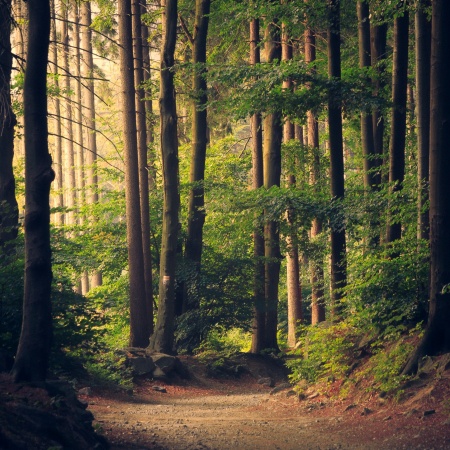The Battle for Kashmir-Part I
By Geoffrey Cook, MMNS
Berkeley–November 1st–About three weeks ago my colleague in Abu Dhabi and former supervisor at the Karachi-base monthly, South Asia, wrote a perspective article about the Kashmir imbroglio (on these pages) as a Pakistani national. Also, Gulam Fai recently of the Kashmiri-American Council, published a piece herein.
Today this stringer is composing a study upon the same geopolitical calamity from the viewpoint of the Pacific shores of the Metropole (i.e. the peripheral center of a world empire – America).
Your author does believe that after Palestine, Kashmir is the most perilous places upon this earth for a tragic third world war to break forth. The nuclear question is quite the opposite between these two regions. In the Middle East, only Israel has the bomb. Therefore, none of their potential Arab opponents — the Islamic nations in the region — can defend themselves. Thus, there is no MAD (Mutual Assured Destruction), the stratagem that, if one nation uses a Weapon of Mass Destruction (WMD), the other(s) will respond in kind. That is probably why the Iranians are building a creditable defense of their own – to counter the Israeli regional threat — at this moment.
Yet, in the South Asian Theater both the State powers contending for Kashmir are nuclear states, and their ability to decimate the other is horrifying. If full (nuclear) War had broken out during the 2001-2002 crisis, hundreds of millions would have died. When the (former) U.S.S.R. and the U.S.A. waged their “Mexican Stand-off†during the “Cold†War, the Window of Opportunity to decide and, hopefully, call their weapons back was twenty minutes whereas in the Indo-Pak arena, it is a mere five minutes. On top of that are the non-State actors – many left over from the Russo-Afghan War of the 1980s. These mujahedeen came down into the Vale after 1989 at about the same time the indigenous Kashmiris rose against New Delhi themselves. These mercenaries from the Hindu Kush also descended into other parts of the Indian State of Jammu and Kashmir as well as (Pakistani) Azad Kashmir. These Violent Jihadists were more fundamentalist than the overwhelming native Sufi Kashmiris. This created a three-way struggle — after the fall of the†Mighty†Russian Army (of World War Two) and the resident Kashmir revolt — between the largely Arab Salafis and their troublesome sub-sect the Takiri foreign combatants — the Indian border guards and the Kashmiris themselves — who are too often forgotten in the equation – battled for freedom from India.
On the above date the Association for India’s Development (which shows the Indian bias of the Panel) here at U.C. Berkeley, three scholars took part in a Panel discussing the current crisis in Kashmir. The three Panelists were Bikram Jeet Batra who is a lawyer, and spoke for Amnesty international in India; Huma Dar, a Kashmiri woman whose study was human rights in relation to gender there and Darren Zook, a Political Science Professor, also, specializing in human rights in Asia. It is easy to see that this evening event was constructed within the perspective of within Indian Kashmir from a political perspective, but not necessarily Kashmiris or even an Islamic one.
Your author disagreed with much that was stated, and in future sections of this sequential article, your researcher hopes to write a series of analytic pieces on this evening event.
12-47












2010
1,056 views
views
0
comments